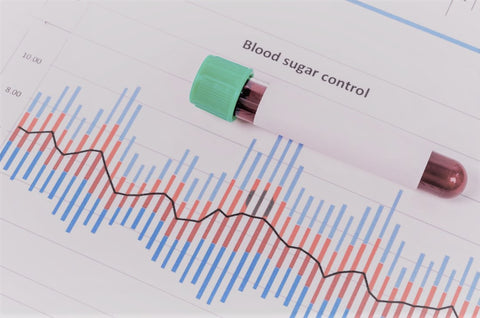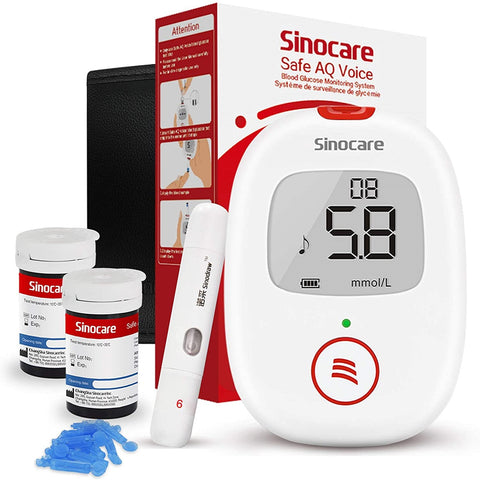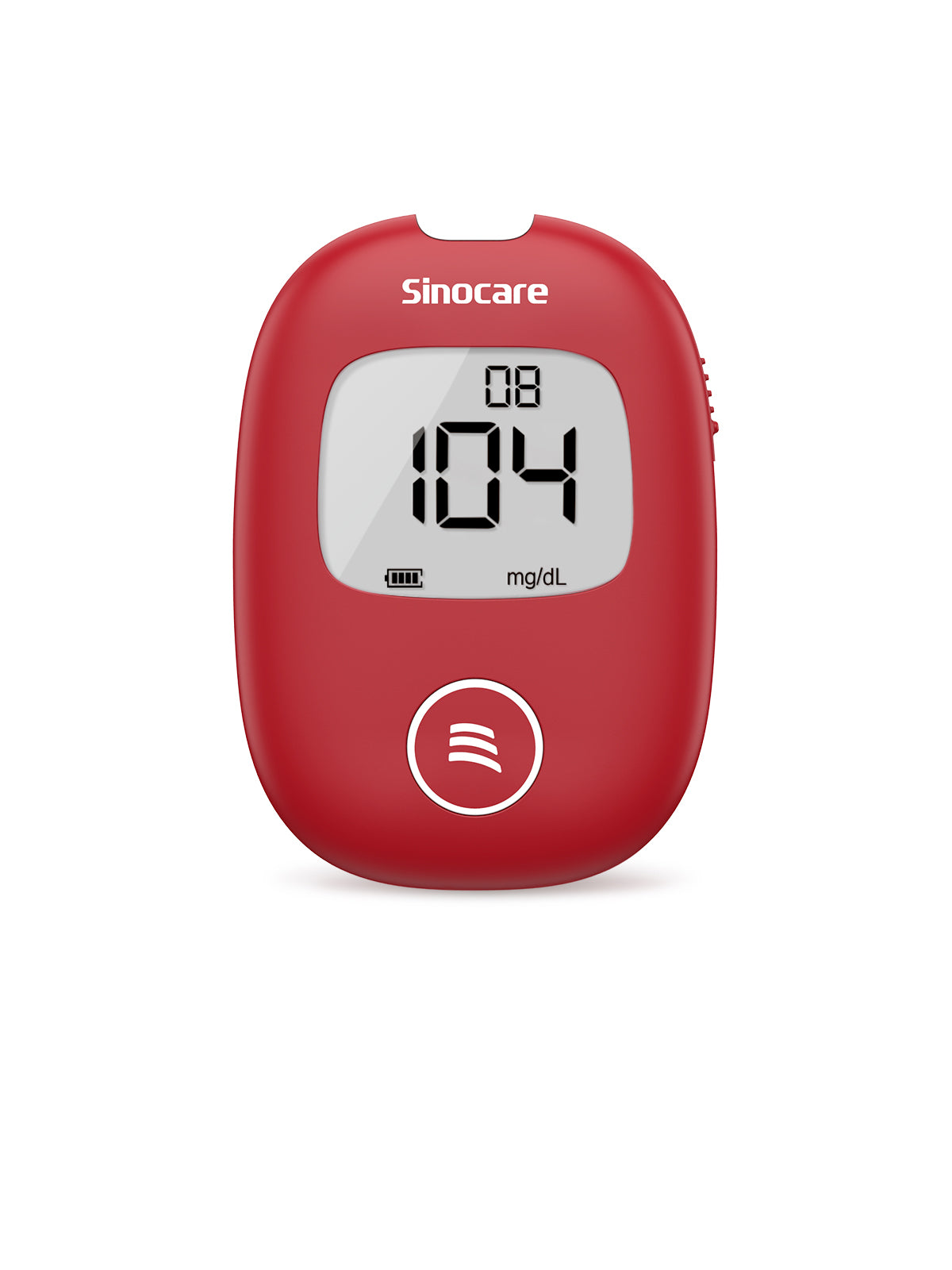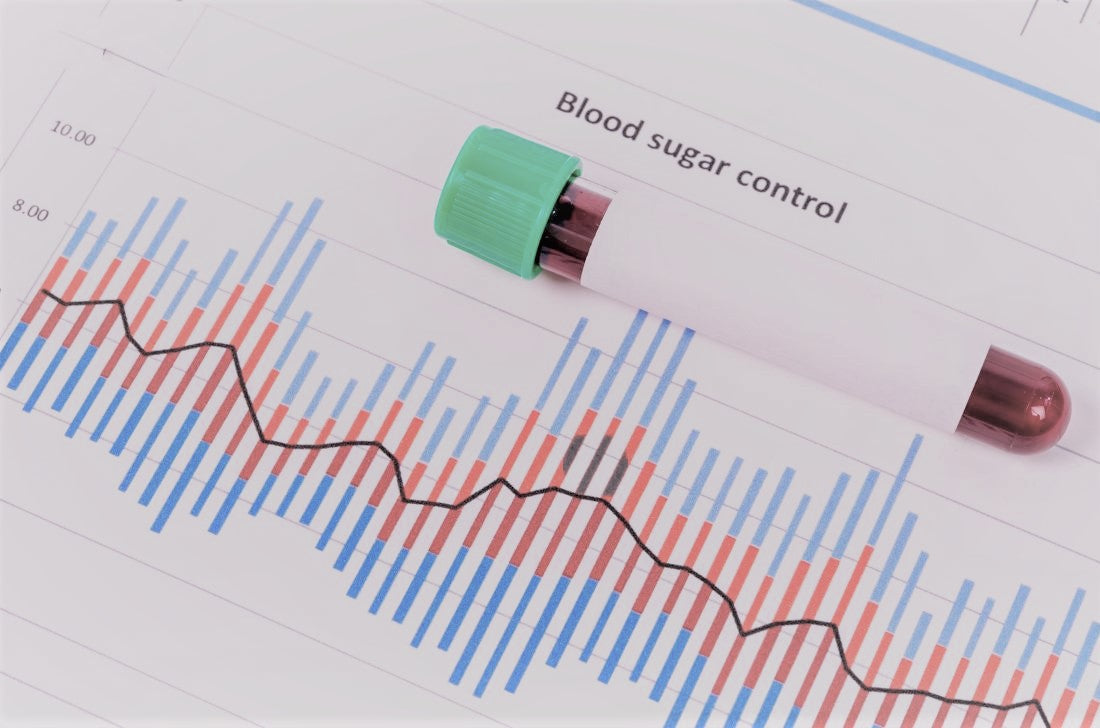Blood sugar monitor is an important part of diabetes care. There is research showing that self-monitoring of blood glucose can help blood glucose control. If you are an insulin injection or a pregnant sugar patient, in order to strictly control blood sugar levels and reduce the occurrence of hypoglycemia, you must keep blood glucose monitoring. Find out Why, When to test your blood sugar, how to use a blood sugar meter and more.

Why test your blood sugar?
Blood glucose monitoring is one of the important methods in diabetes management. You can test your blood sugar at home with a portable electronic device called a blood sugar meter or blood glucose monitors using a small drop of your blood.The Result of blood glucose Monitoring can help us get useful information:
- It can effectively monitor the changes in your condition and the effect of treatment, so as to help you adjust the treatment plan in time, so as to effectively delay the occurrence and development of complications and enhance your confidence in fighting the disease .
- Identify blood sugar levels that are high or low
- Track your progress in reaching your overall treatment goals
- Learn how diet and exercise affect blood sugar levels
- Understand how other factors, such as illness or stress, affect blood sugar levels
When to test your blood sugar?
How often do sugar Patients properly monitor blood sugar?
Your doctor will let you know how often to check your blood sugar levels. The frequency of testing usually depends on the type of diabetes you have and your treatment plan.
If your blood sugar control is not ideal or When in critical condition, you should monitor 4 to 7 times a day until the condition is stable and your blood sugar is under control, when your condition is stable or you have reached your blood sugar control goal, the frequency of the test 1 to 2 days a week, 4 to 7 times a day.
If you use insulin therapy, you can monitor your blood sugar at least 5 times a day at the beginning of treatment, 2 to 4 times a day after you reach your treatment goal, and 2 to 4 times a week after your blood sugar control is met with oral anti-sugar medication and/or lifestyle interventions.
Different types of patients with diabetes when the specific time should to testing?
Type 1 diabetes
Your doctor may recommend blood sugar testing four to 10 times a day if you have type 1 diabetes. You may need to test:
- Before meals and snacks
- Before and after exercise
- Before bed
- During the night (sometimes)
- More often if you're ill
- More often if you change your daily routine
- More often if you start a new medication
Type 2 diabetes
If you take insulin to manage type 2 diabetes, your doctor may recommend blood sugar testing several times a day, depending on the type and amount of insulin you use. Testing is usually recommended before meals and at bedtime if you're taking multiple daily injections. You may need to test only before breakfast and dinner if you use just an intermediate- or a long-acting insulin.
If you manage type 2 diabetes with non insulin medications or with diet and exercise alone, you may not need to test your blood sugar daily.
I believe that many diabetics know that to monitor blood sugar, it is necessary to monitor their own short-hearted blood sugar and after-dinner blood sugar, which is often carried out by many diabetics, and many diabetics on an empty stomach when monitoring blood sugar did not pay attention to some things, resulting in their own blood sugar error results, so diabetics want to short-stomach blood sugar monitoring accurate, we need to pay attention to these points.
How to test your blood sugar accurately in an empty stomach?

What do diabetics need to know when to monitor their blood sugar on an empty stomach? Diabetes: How does glucose meters work? This article will help you test blood sugar with Blood Glucose meters?
1. The time on an empty stomach to reach 8 hours
Many people with diabetes think they don't eat when they get up in the morning, and the result of blood sugar monitoring is fasting blood sugar, but that's not the case, diabetics need to fast for eight hours to get the right fasting blood sugar before they can count as fasting blood sugar.
2. Blood sugar needs to be monitored between 6:00 a.m. and 8:00 a.m
Many people with diabetes think that getting up in the morning and not eating for blood sugar monitoring is what they want fasting blood sugar, but most people do not know that the best time to measure fasting blood sugar is 6:00 a.m. to 8:00 a.m., not too early and not too late, so diabetics should adjust the time to eat the night before according to the time to measure blood sugar in the morning.
3. To ensure that sleep is normal:
Some people with diabetes have the habit of often staying up late, and staying up late will make their sleep quality lower, will let oneself appear sleep deprivation phenomenon, and sleep easy to have a certain impact on blood sugar, when sleep is insufficient or sleep quality is not good will lead to the 2nd sky abdominal blood sugar blood sugar value also followed by errors.
4. Get up to take sugar-lowering drugs
Some diabetics wake up afraid of their blood sugar rise, take drugs and then blood sugar monitoring, but do not know that after taking drugs the drug will quickly play a drug effect to let blood sugar drop, so that fasting blood sugar monitoring can not get accurate results, so diabetics need to have an empty stomach blood sugar test, be sure to check before using the drug.
5. To choose to exercise in the morning before the air-abdominal blood sugar monitoring
Some diabetics get up in the morning have the habit of morning exercise, so some patients need to get up on an empty stomach because the time is relatively early, think that they are in the morning exercise after blood sugar monitoring is also available, but do not know that morning exercise will let their body's blood sugar drop, so after morning exercise blood sugar monitoring will be the wrong blood sugar results, so be sure to do before morning exercises before the blood sugar monitoring.

Warmer Notice: For fasting blood sugar check diabetics to understand these points, so that they can check their own time will not make mistakes, to prevent some wrong behavior to allow their measured fasting blood sugar values are not accurate.
FAQ - Blood Glucose Monitoring:
Blood glucose levels often change over time. And it will vary depending on where the blood sample was taken.
Difference in measurement time
Even after the patient has just returned home from the hospital to check his blood sugar, he will find that the blood glucose level measured at home is different from the blood glucose level measured in the hospital. The reason is that with the physical activity, the body must consume blood sugar. After eating, the ingested blood sugar will enter the blood to supplement the consumed blood sugar.
Different sampling points
It is supplied from the heart to the capillaries through the arteries. After the blood supplies nutrients including blood sugar to various tissues of the body, it returns to the heart through the veins. When the blood glucose test strip is used for testing, the sampling site used is the capillaries of the fingers. The capillary blood contains part of the blood whose blood sugar has been exhausted.
Therefore, the blood glucose level measured with a blood sample from the arm in the hospital will be different from the blood glucose level measured with a blood sample from the fingertip.
Will blood sugar levels change due to different measurement methods?
Yes, it will be different. In the following cases, different measurement methods will affect the measurement results (incorrect results appear).
- During the blood suction process, if the blood glucose test strip is removed from the blood before the beep sounds, the measurement result will be affected.
- During the blood suction process, if the blood glucose test strip is kept in contact with the blood for a long time after the "di" sound, the measurement result will also be affected.
Measurements are taken after a period of time after the blood is drawn
Once in contact with air, the blood will immediately begin to clot. And after the blood clotting phenomenon develops to a more significant degree. It is impossible to obtain correct measurement results.
Therefore, it is necessary to start drawing blood immediately after the amount of blood reaches a sufficient level. If you need to repeat the measurement, wipe off the blood at the puncture point, start from the beginning, and measure again.
The blood has been sucked, and the blood has been sucked again.
During the blood suction process. If the blood glucose test strip is removed from the blood and the blood is drawn again, the correct measurement result cannot be obtained in this case. Therefore, a new blood glucose test strip should be replaced, and after the blood volume has reached a sufficient level, the measurement should be performed again (do not remove the blood glucose test strip from the blood during the blood aspiration process).
Excessive force when squeezing blood leads to inaccurate blood glucose testing.
If you apply too much force when squeezing, the transparent intracellular fluid in the subcutaneous tissue will also be squeezed out and mixed with the blood. This may lead to incorrect measurement results.
The blood glucose test strip is left in the air for too long, and the blood glucose test strip penetrates the moisture in the air, which will affect the measurement result.










Leave a comment
All comments are moderated before being published.
This site is protected by hCaptcha and the hCaptcha Privacy Policy and Terms of Service apply.